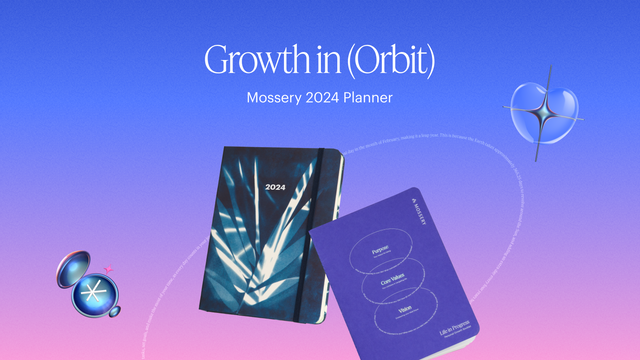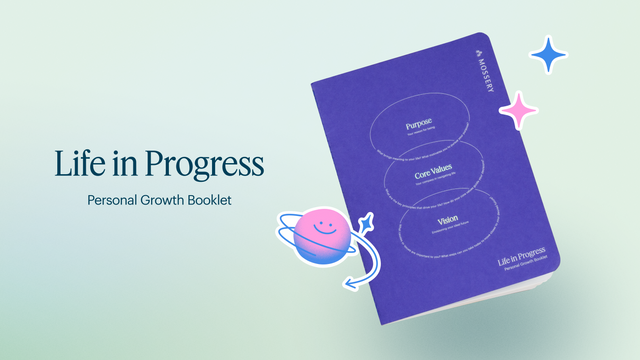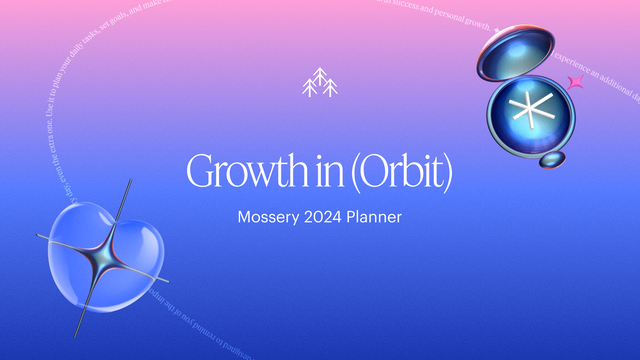
Poetry can be intimidating because of its long history, technical form and unfamiliar vocabulary. Not only that, it is also the source of the common fear a lot of us have: which is getting judged for not necessarily understanding the “meaning” of the poem.
We want to take this chance to tell you that there is nothing to fear! Poetry is not just about the meaning, rather it is about the connection between the reader and the writer.
Seeing how it’s National Poetry Month, we thought we could encourage you to try creating your own poems, to look past the pretence and just enjoy yourself. Here are 4 types of poetic forms you can start with:
Haiku

A Haiku from Bashō's The Narrow Road to the Deep North
When it comes to poetry, most of us would have heard of the Haiku form especially, from school as it is a common literature exercise. Made famous by the Japanese poet, Matsuo Bashō, during the 17th century, it is still a very popular form today.
It is typically a 17 syllable poem, divided into 3 lines. The first line has 5 syllables while the second and third has 7 and 5 syllables respectively. The Japanese Haiku usually deals with themes of nature and a contrast of it, but these days, as long as it fits the syllable count, anything goes!
Blackout Poetry

"Your name pulls everything away in snowstorms of memories"- @giralka
You have probably seen images of Blackout Poetry floating around the interweb for a while now and it is with good reason.
It is an accessible form of poetry that is created by taking a printed text and blacking out all the unwanted words using, typically, a black marker, until the remaining words result in a poem. This form not only creates new writing from existing ones but also serves as a visual art statement. It’s a creative exercise that requires patience and mindful thinking when picking out words you want.
Concrete Poetry

Herbert intended for the stanzas to look like angel wings
Speaking of poetry floating on the interweb, you may have also come across Concrete Poetry. It is where words are written and arranged in a certain way that forms a particular image or shape that enhances the meaning of the poem. For example, a love poem written in the shape of a heart!
In its advanced form, some concrete poetry is no longer intended to be read but seen for the poet’s usage of words and symbols to convey visual, verbal, kinetic, or sonic elements.
Free Verse

Free from rules, Sandburg depicts the fog as a cat
Finally, if all that still has too many rules or constrictions, then the Free Verse form is for you! Basically, as its name implies, this form of poetry frees you from any rules such as rhyme, rhythm, syllable count, stanza length, number of lines or anything!
Some may find this lack of rules to be liberating or even terrifying but we say, go for it! Write anything you want in any way you want and see what you have to say. You may be surprised when you try your hand at something new.
In short, poetry is not that monster under your bed, but a form of literature that encourages the writer to dig deep and share your heart with the world.
It can be cathartic to write out your feelings and have someone connect with it, for we humans despite time and space, go through similar emotions that we can all empathize with. A lot of poetry can start from just journal entries!
So, it does not have to be difficult or written in a certain way for it to be considered poetry. As long as there are people who connect with it, then that’s all that matters.
-
Do you write poetry? Tag us on Instagram @mosseryco and show it to us! We would love to share it with the world.
Special thanks to @giralka for her Blackout Poetry!




